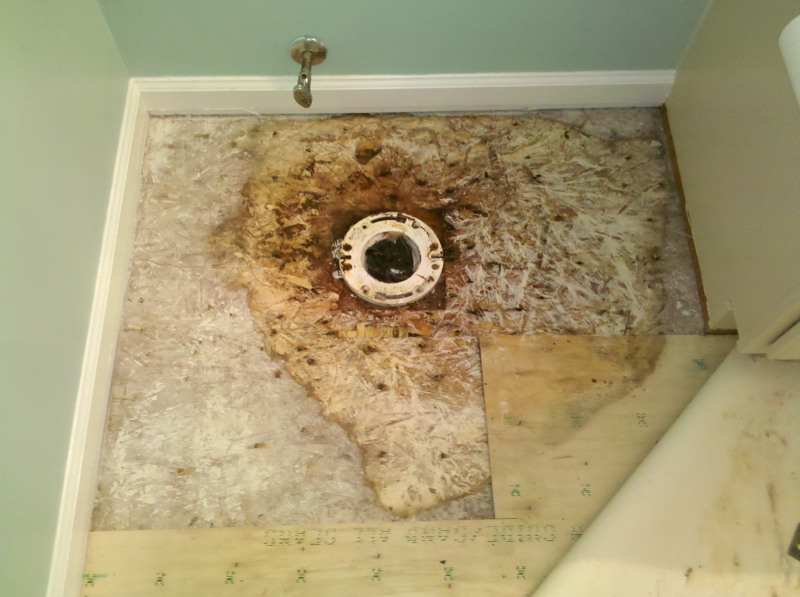Ways to Repair a Water-Damaged Wall in the Bathroom
Ways to Repair a Water-Damaged Wall in the Bathroom
Blog Article
Just about everyone seems to have their own unique theory involving Looking for Signs of Water Damage in the Bathroom.

The washroom is exceptionally susceptible for moist accumulation and also possible water damage due to the frequent use water in it. This post provides simple inspection strategies to assist spotting water damage threats.
The regular use of water in the bathroom makes it exceptionally prone for moist buildup as well as potential water damages. By checking it frequently, you can lower water associated damages.
The complying with set of assessments is easy to do and need to be done once in every 3 months in order to keep your shower room healthy as well as to stop prospective water problems triggered by the bath tub, the shower, pipe joints and also plumbing, sinks, cabinets, and the toilet
Do not disregard performing these assessments and also be extensive while executing them. Keep in mind that these basic inspections can conserve you a great deal of money by supplying very early indicators for water damages
Sinks and Cabinets
Sinks as well as closets are exposed to wetness and also humidity everyday and also are frequently ignored. Evaluate frequently under the sink as well as on the kitchen counter above it. Repair any type of drip in the catch as it may suggest drainpipe troubles. Look around the sink, sluggish draining pipelines might indicate a blocked drainpipe. Change sink seals if they are cracked or loose.
Tub and also Shower
The shower and bathtub need unique focus and also maintenance. Inspect the ceramic tiles and also change if cracked. Ensure that there is no missing cement in between the floor tiles. Inspect and replace split caulking at joints where the wall surfaces fulfill the flooring or the bathtub. Clogged drains and pipes issues will certainly protect against the bath tub from drying out and may indicate major issues below the tub. Talk to a specialist quickly to stop architectural damages. Take notice of stainings or soft locations around the bath tub wall surfaces as they might suggest an interior leakage.
Plumbing
Signs for water damages are tough to identify considering that a lot of pipelines are mounted inside the wall surfaces.
Pay special attention to flooring and walls wetness as well as spots as they may suggest an undetectable plumbing trouble. Examine dampness degrees in adjacent areas too.
The Commode
The commode is an at risk water joint. Examine the water lines and also look for leakages around the commode seat, in the tube, and also under the water container. If you identify any kind of indicators of dampness on the flooring around the bathroom, look for leaks in the toilet rim and tank seals.
Be aware that hanging toilet dish antiperspirants raises the opportunities for obstructions.
TIPS TO PREVENT WATER DAMAGE IN THE BATHROOM
The average household uses approximately 80-100 gallons of water per person per day. For a family of 4, that's almost 2,500 gallons of water a week! The largest portion of this consumption comes from bathroom use. Flushing the toilet uses the most water, followed by taking a shower or bath. With that much water running through the home, water damage in the bathroom is bound to happen. Knowing how to spot signs of a water leak is essential to preventing long-term damage. This guide provides you with tips to reduce the impact of water damage on your bathroom.
CAUSES OF BATHROOM WATER DAMAGE
Pipe breaks are the most common cause of water damage we see in our daily jobs. The age of a pipe plays a large role in a pipe break as well as corrosion. Over time, the metal begins to break down, allowing water to escape. Frozen pipe breaks are also a concern in the winter months. Toilet overflows caused by paper products or children flushing inappropriate items. Degraded caulking around the toilet or bathtub can allow water seepage, sometimes behind the fixture, into the subfloor or walls. Condensation forms when the water in a pipe is cooler than the air temperature. Beads of water form on the exterior of the pipes, sometimes so much so that the water begins to drip and pool below. Sink or shower backups created by poor drainage. HOW TO PREVENT WATER DAMAGE IN YOUR BATHROOM
Inspect your toilet supply line for worn or frayed hoses and replace them as needed. Winterize your plumbing to prevent a frozen pipe break. Use vent fans to prevent condensation that can lead to mold growth. Routinely check and replace degraded caulking around your toilet or bathtub. Increase the temperature in your toilet tank and insulate your pipes during the warm summer months to keep condensation from forming. Use child safety locks on the toilets. Flush only toilet paper. "Flushable" wet wipes are actually not good for your plumbing system. Additionally, feminine hygiene products should not be flushed. Prevent water from escaping the tub or shower. Make sure shower curtains are in good condition. Inspect shower doors and replace the seal strip if necessary. Wipe up any water that accumulates on the floor and use bath mats. Water left to sit can cause damage to the tiles and flooring. Refrain from using bath products containing heavy oils to avoid a clogged drain.

I'm just very inquisitive about Common Causes of Water Damage in a Bathroom and I'm hoping you enjoyed reading my article. Enjoyed our post? Please share it. Help somebody else discover it. I take joy in reading our article about Preventing Water Damage in the Bathroom.
Visit My Site Report this page